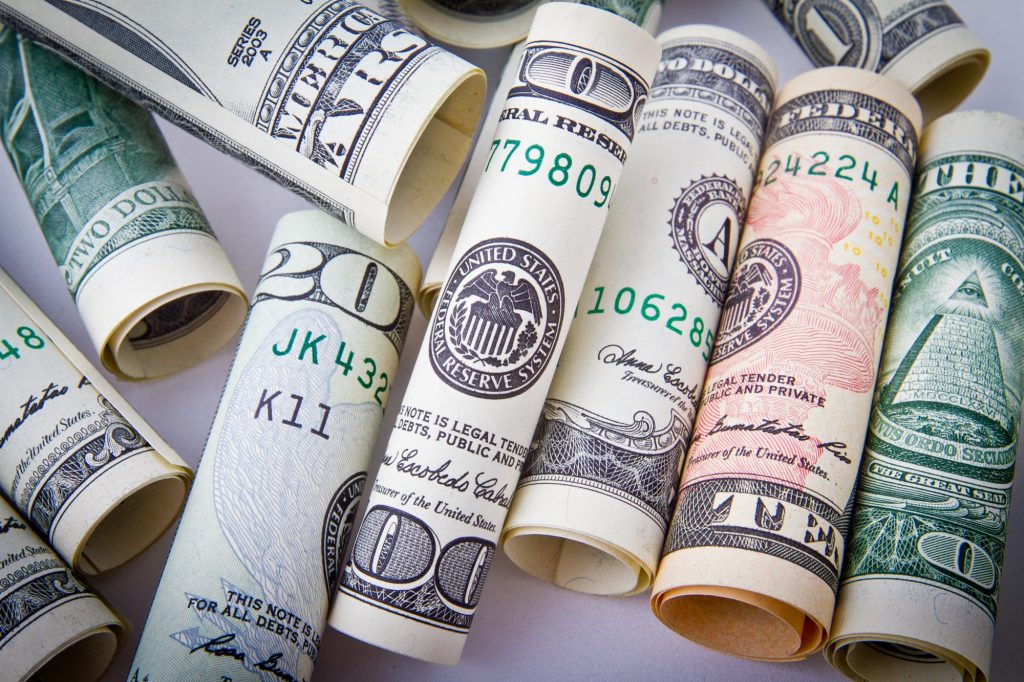What Is a Cash Advance and When Should I Use One?
https://www.firstfinancial.com/cash-advance/

A cash advance lets you use your credit card to get a short-term cash loan. Learn all about cash advances and when to use them in this guid
43 million Americans have bad credit, with the bulk of these being young consumers.
While student loans and tough economic times can be blamed for this, poor planning and a low comprehension of credit facilities are partly to blame as well.
Cash advance loans are very convenient and can be hard to resist, but they can also put you in trouble.
How do these loans work, and how can you ensure to get the most out of them?
Here is an in-depth cash advance guide.
What is a Cash Advance?
Your credit card lets you use your credit card to get a short term loan at an ATM or a bank. This is then paid back in the same way you pay for anything you put on your credit card.
In a way, this is like using your credit card to ‘purchase’ hard cash, which you then use to buy goods and services. In this way, you get to borrow cash against your credit card limit.
The same way you use your debit card to get cash from an ATM, you get cash from a credit card to be repaid with interest.
The difference between a credit card advance and a payday advance loan is that the latter is not dependent on your credit card.
When to Get Cash Advance
If you typically do not carry paper money for your day to day spending, you might run into trouble when you need to pay for something at a business that only accepts cash payments.
In such cases, being allowed to convert your credit card limit into cash becomes very convenient.
Advance Limits
Most credit card companies allow their clients to convert a percentage of their credit limit into cash, as opposed to the entire amount.
For most people, this translates into a couple of hundred dollars. This is therefore useful for smaller emergencies purchases and should not be dependent on for larger purchases.
Interest on Cash Advances
While getting a credit card advance is easy, the interest rates can be a bit high.
Here are some of the associated costs that make it so:
ATM or Bank Fees
These are determined by the financial institution that processes a transaction. This can be a bank or an ATM where you get your cash advance from.
If you use a bank outside your card issuer’s network, expect the fees to be higher.
Cash Advance Fees
These are determined by the company that issues your credit card.
These are charged in three different ways.
The first is by charging a percentage of the amount advanced. This can be as high as 5%.
The second way is by charging a flat fee per cash advance. For example, you can be charged $5 to $10 per advance, irrespective of the amount.
The third one is by charging the higher figure between the percentage or the minimum amount. An example of this is $5 or 10% of the withdrawal amount; whichever amount is higher.
Interest
To begin with, the interest charged on credit card loans is always higher than that charged on a credit card purchase.
Secondly, while you get a grace period with credit cash purchases, interest on cash advances starts accruing immediately.
Credit Card Advance Tips
It might be impossible to avoid this loan facility altogether.
For this reason, it’s key to know how to keep the costs low and avoid getting into unmanageable debt.
Here are a few tips.
1. Know Your Limit
The amount available for you to convert to cash is lower than your credit card limit. Exceeding this amount can result in higher interest rates and other over-limit charges.
Ensure to find out your card limit when you get a new card so you can adhere to a safe limit.
2. Understand your agreement
The key information to look out for is the one-off payable cash advance fee and the applicable APR as well.
If you are unclear on any terms of your contract, ensure to engage your service provider’s customer care representative.
3. Use It for Emergencies Only
Limit the use of this facility to emergencies you cannot use your credit cards on. It’s also important to create an emergency fund to draw from when needed.
If used without caution, credit card advances can spiral out of control making it difficult for you to make timely repayments. Consequently, this has the potential to lower your credit score.
4. Limit the Amounts
Aside from only using this facility as a last result, limit your withdrawals to only what you need.
Resist the temptation to take out more because the higher you take, the higher the interest you will pay.
While this might seem like much, these amounts add up to a significant figure over time.
Credit Card Advance and Credit Score
Taking out this facility does not directly impact your credit score, but it might have some indirect consequences.
The first one is that it raises your credit utilization ratio. This is among the benchmarks used to calculate your credit scoring. A high utilization ratio positions you as a high-risk borrower and may lower your scoring.
The other one is tied in with the costs of repaying a credit card advance. If you are not able to afford the high-interest rate, you may resort to late payments or even default.
When this information makes its way into the credit bureaus, it can negatively affect your scoring as well. As a rule of thumb, avoid making payments 30 days past the due date. Timely payment could help improve your credit score.
Ensure you understand all processing costs, the applicable APR and your ability to repay before taking out the loan.
The Bottom Line
Infrequent use of cash advance loans will not dent your financial health.
The goal is to use them sparingly, only take out what you need and make payments in a timely manner to avoid further costs.
At First Financial, we understand the value of a financing partner and strive to provide solutions at your point of need.
Are you facing a cash emergency? Contact us today and we will help you find a solution together.
